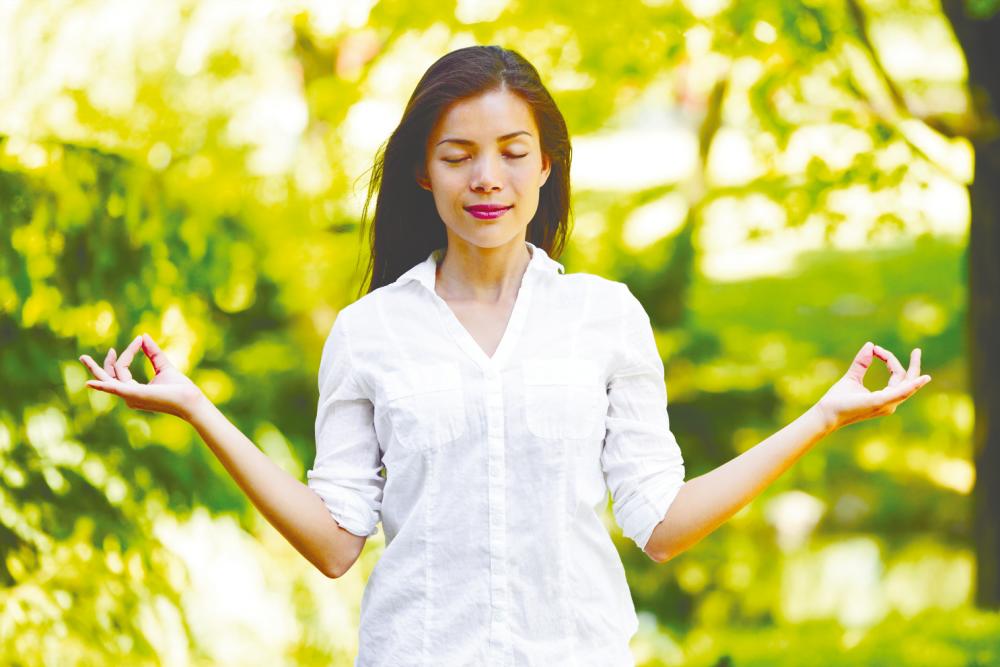WHAT if there was a way you could develop a stronger, healthier brain, be able to sleep better, reduce the risk of experiencing stress, depression and anxiety, and improve your overall mood? You do not have to take any magical pills or go for any self-help courses – you just need to practise mindfulness.
Mindfulness is a type of meditation in which you focus on being intensely aware of what you are sensing and feeling in the moment, without interpretation or judgment. Practising mindfulness involves breathing methods, guided imagery, and other practices to relax the body and mind and help reduce stress.
Spending too much time planning, problem-solving, daydreaming, or thinking negative or random thoughts can be draining. It can also make you more likely to experience stress, anxiety and symptoms of depression.
Practising mindfulness exercises can help you direct your attention away from this kind of thinking and engage with the world around you.
What is mindfulness?
When we practise mindfulness, we are practising the art of creating space for ourselves – space to think, space to breathe and space between ourselves and our reactions. It can be anything from actual meditation to taking a deep breath and becoming aware of the things and people around us, as well as the task at hand.
The more you practise mindfulness, the more you will come to understand how your thoughts, feelings and sensations influence one another, as well as your mood and the way you respond to the world.
For most people, practising mindfulness gives them the opportunity to look at their lives objectively, and allows them to compartmentalise their daily tasks in a logical and calm manner. This helps prevent them from becoming too overwhelmed, and helps reduce the risk of developing stress and burnout.
How do we start?
While mindfulness might seem simple, it is not that easy. The real work is to make time every day to just keep doing it. Here is a short guide to get you started.
Take a seat. Find a place to sit that feels calm and quiet to you.
Set a time limit. If you are just beginning, it can help to choose a short duration, such as five or 10 minutes a day, preferably early in the morning when there are fewer distractions. Eventually, you can progress to practising mindfulness in between tasks, helping you to stay calm.
Notice your body. You can sit on a chair with your feet on the floor or you can sit loosely cross-legged. You can also assume the lotus posture or kneel, all are fine. Just make sure you are stable and in a position you can maintain for a while.
Feel your breaths. Follow the sensation of your breath as it goes out and as it comes in.
Notice when your mind has wandered. Inevitably, your attention will wander to other places. When you notice this, simply return your attention to your breathing.
Be kind to your wandering mind. Do not judge yourself or obsess over the content of the thoughts you find yourself lost in. Just come back and resume your focus.
Mindfulness helps bring a sense of meaning to even the most mundane, everyday tasks. It allows us to engage all our senses, and be present during key moments of our day, without distractions that might dilute our experiences.
The opportunities for mindfulness are in our hands every day, many times a day. Engaging with the things we do regularly – showering, washing the dishes and so on – but being with them fully, with every sense switched on, and without losing focus, might be easier said than done, but it is a
powerful way to strengthen our mind, body and spirit.













